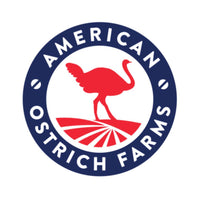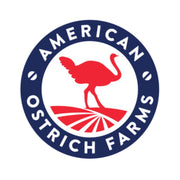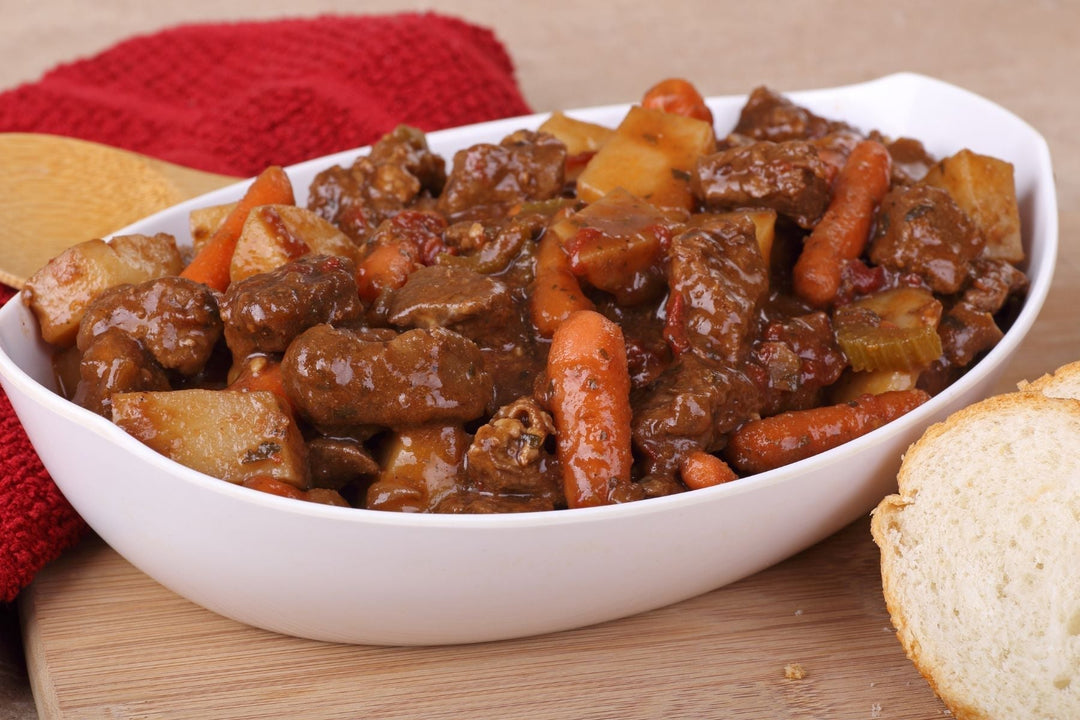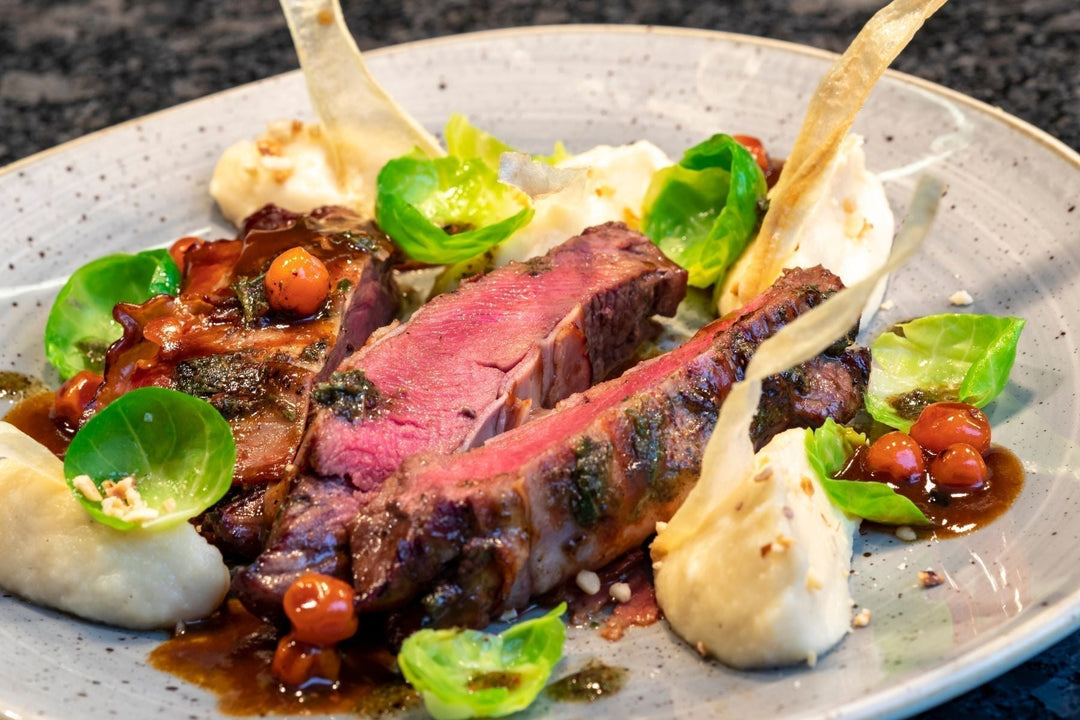When it comes to our pets, their health and happiness are top priorities. A significant part of this responsibility involves ensuring they receive a nutritious and safe diet. While it might seem straightforward, there are important considerations to keep in mind to avoid potential health risks. Whether you're introducing a new food or sticking to a regular feeding routine, understanding pet food safety is crucial for your pet's well-being.
-
UNDERSTAND YOUR PET’S NUTRITIONAL NEEDS
Before diving into specific safety tips, it's essential to understand that pets have unique dietary needs that differ from humans. Dogs and cats require specific nutrients, vitamins, and minerals to maintain their health. A balanced diet that caters to these needs is vital, and it’s important to choose pet food that meets the nutritional standards set by organizations like the Association of American Feed Control Officials (AAFCO).
-
CHOOSE HIGH-QUALITY PET FOOD
The quality of pet food plays a significant role in your pet's health. Opt for reputable brands that use high-quality ingredients and avoid those with artificial preservatives, colors, and flavors. When selecting pet food, read the ingredient list carefully. Ingredients should be simple and recognizable, with real meat or fish listed as the primary ingredient. Whole grains, vegetables, and fruits are also beneficial components of a nutritious diet.
-
SAFE FOOD HANDLING PRACTICES
Just like human food, pet food requires proper handling to prevent contamination. Here are some key practices:
-
Storage: Store dry pet food in a cool, dry place and keep it in its original packaging or an airtight container to preserve freshness. Canned food should be stored in the refrigerator once opened and used within a few days.
-
Serving: Always use clean bowls for serving food and water. Wash your pet's bowls daily to prevent bacteria buildup, which can lead to foodborne illnesses.
-
Check Expiration Dates: Regularly check the expiration dates on pet food packaging. Expired food can lose its nutritional value and may harbor harmful bacteria or mold.
-
INTRODUCE NEW FOODS GRADUALLY
When introducing new foods to your pet's diet, it's essential to do so gradually. Abrupt changes in diet can cause digestive issues, including upset stomach, diarrhea, or vomiting. Start by mixing a small amount of the new food with your pet's current food, gradually increasing the proportion over several days. Monitor your pet for any signs of adverse reactions, such as changes in appetite, behavior, or stool consistency.
-
BE AWARE OF FOOD ALLERGIES AND SENSITIVITIES
Just like humans, pets can have food allergies or sensitivities. Common allergens include certain proteins like beef, chicken, or grains like wheat. If your pet shows signs of an allergic reaction—such as itching, skin irritation, or digestive issues—it’s important to consult your veterinarian. They can help you identify the allergen and recommend an appropriate diet.
-
AVOID HARMFUL HUMAN FOODS
Not all human foods are safe for pets. Some foods that are harmless to us can be toxic to dogs and cats. For example, chocolate, grapes, raisins, onions, garlic, and certain artificial sweeteners like xylitol can be extremely dangerous. It’s crucial to keep these foods out of your pet’s reach and avoid feeding them table scraps.
-
STAY INFORMED ABOUT RECALLS
Occasionally, pet foods may be recalled due to contamination or other safety concerns. Stay informed about any recalls by checking the U.S. Food and Drug Administration (FDA) website or subscribing to recall alerts. If your pet’s food is recalled, stop feeding it immediately and consult your veterinarian for advice on alternative options.
-
CONSULT YOUR VETERINARIAN REGULARLY
Regular veterinary check-ups are essential for monitoring your pet's health and dietary needs. Your veterinarian can provide personalized advice based on your pet's age, breed, weight, and health condition. If you're considering a significant change in your pet's diet, it’s always best to discuss it with your vet first.
Keeping your pet healthy and happy starts with a safe and nutritious diet. By choosing high-quality food, practicing safe handling, and being mindful of potential allergens and toxic foods, you can significantly reduce the risk of food-related health issues. Always stay informed and consult your veterinarian to ensure your furry friend enjoys a long, healthy life. By following these pet food safety tips, you’ll be well on your way to providing the best possible care for your beloved companion.






